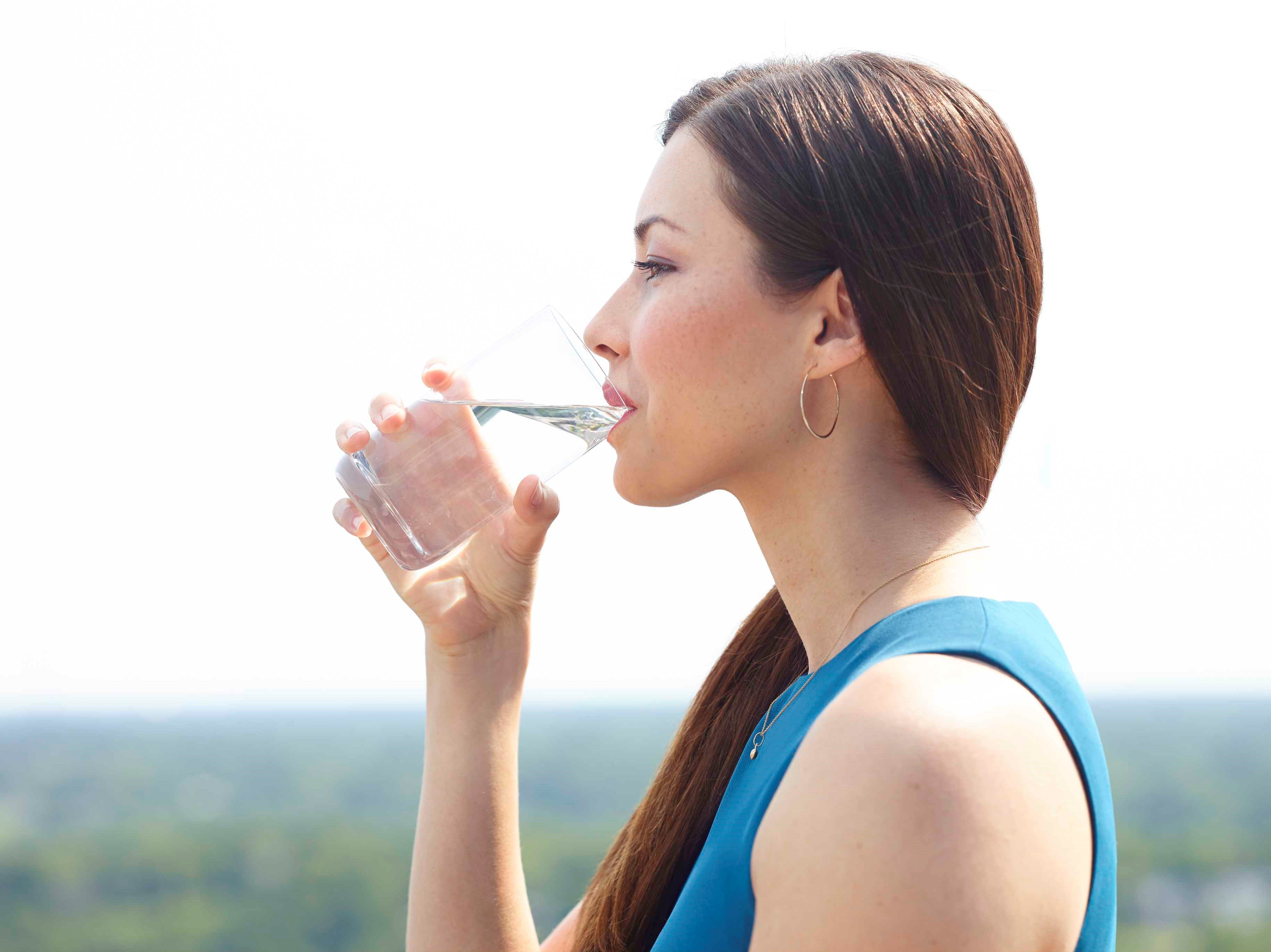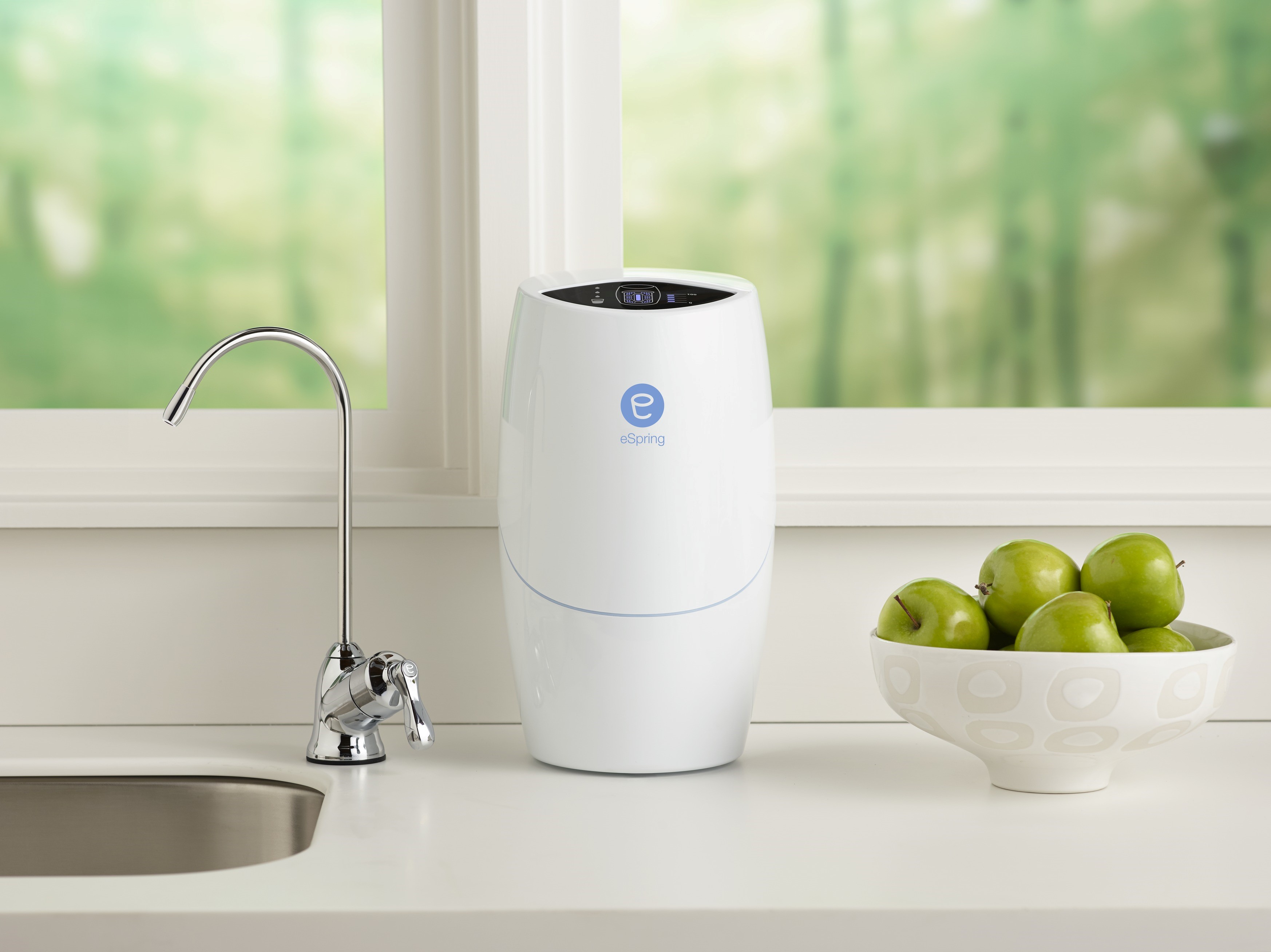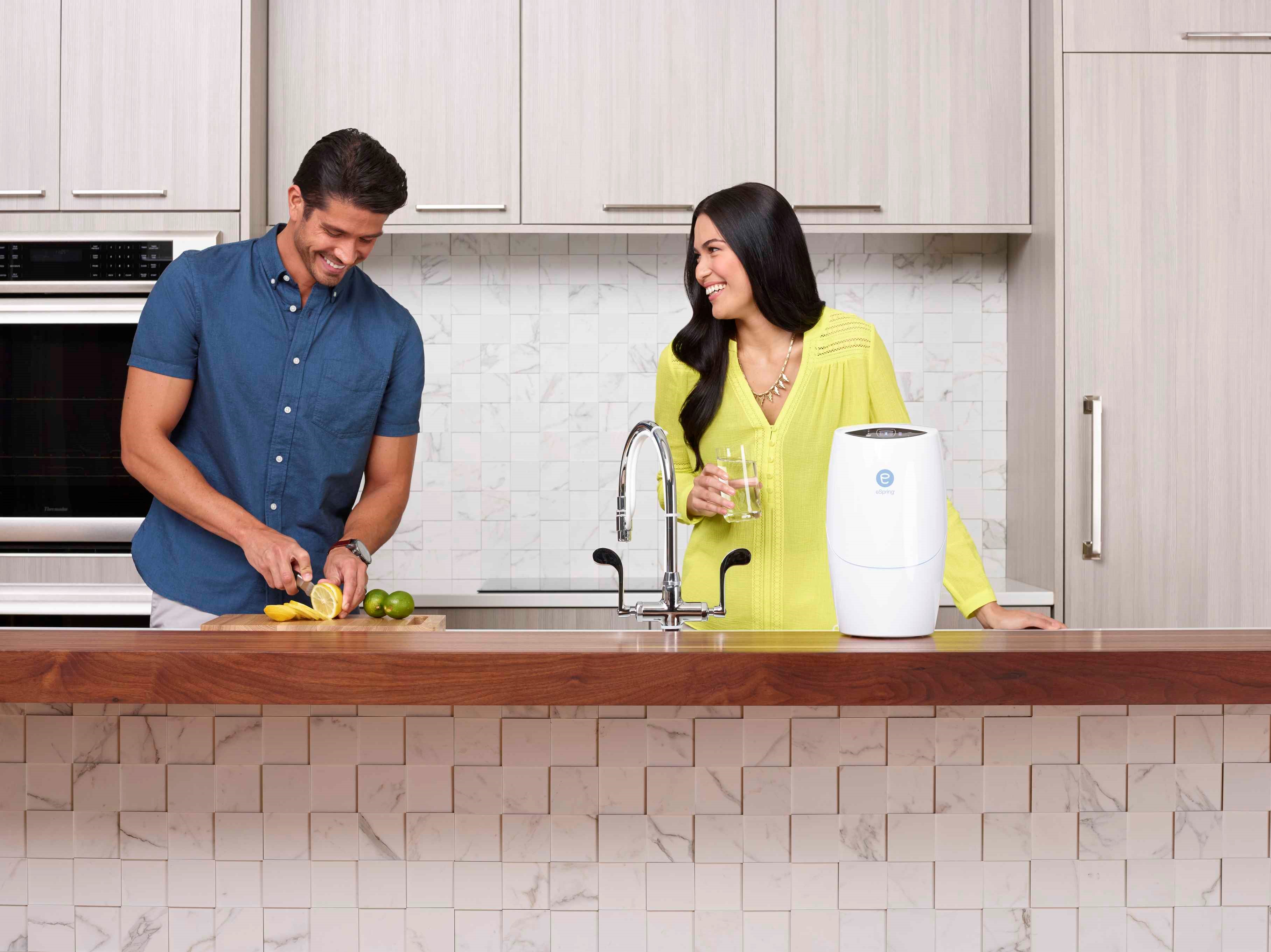Staying hydrated is one way to ensure good health. Want to know more about why it's good for you, or perhaps you're curious about access to clean water? Join us as we explore the answers to 6 questions about drinking water.
How much water is there?
Almost 71% of the earth's surface is covered in water. However, most of these are found in the seas and oceans making them undrinkable. Available freshwater is only at about 2.5%.
In addition, most of this freshwater is inaccessible and can be found in glaciers, ice caps, and groundwater, which leaves only around 1% that’s available for consumption. This portion can be found in lakes and rivers and is shared by more than 7.7 billion people (based on a 2022 world population estimate).
Why do we need to drink?

This clear liquid is an essential component of basic bodily functions. In fact, our bodies are made up of about 55 to 60% water. We need it to create saliva that helps break down food into nutrients. Drinking water also cleans the mouth and lessens friction by keeping the nose and eyes moisturized.
It also helps us regulate body temperature. When our body heat goes up, the skin releases sweat to help cool us down. Aside from this, the blood is composed of about 90% water and normal blood flow is essential for transporting oxygen throughout the body. Low water levels can thicken the blood and make your blood pressure rise.
Plus, the adult brain consists of nearly 3/4 of water. Thus, dehydration can affect your mood and ability to concentrate. When you’re low on water, the brain temporarily shrinks and must work twice as hard to accomplish its daily functions. This liquid lubricates the joints as well and being consistently dehydrated can lead to joint pain.
How much should I drink?

Your water intake will depend on certain factors, like your level of physical activity and the weather. In general, the recommended daily intake is about 3.7 liters for men and about 2.7 liters for women. This estimate includes plain water as well as fluids from other sources.
You may need to drink more during summertime or when you're lifting weights. You're also prone to losing more fluids when you're fighting off an infection or have a nasty bout of diarrhea. Hence, you'll need to increase water consumption when you're sick.
How can I access clean water?
To ensure that our families have access to safe drinking water, a lot of people rely on purifying stations or bottled water. While this satisfies the need for clean water, this creates a huge amount of plastic waste. An estimate of 1.3 billion polyethylene terephthalate (PET) bottles are sold around the world every day.
Most plastic waste ends up in the seas, where it indefinitely stays due to its non-biodegradable composition. Over time, the plastic breaks down into small bits called microplastics, which sometimes get mistaken for food by sea creatures. Some of these animals die due to poisoning or starvation. Those that survive pass the toxins down the food chain until the toxin-carrying animal ends up in our meals.
Having a water purifier at home is another way to get clean water. With this one, you'll have clean drinking water right at your fingertips. No need to have water gallons delivered or bulk buy bottled water because all you'll have to do is turn on the tap. This lessens your reliance on water in plastic packaging, which lowers your contribution to plastic waste.
If you're looking for a purifier that's easy to install, try eSpring™, a home filtration system that can sit on the counter. Aside from being eco-friendly, it can also help you save money in the long run. The life cycle of a single filter can provide you with the equivalent of almost 10,000 bottles of water! Thus, it’s a win for the planet and your wallet.
Why eSpring™?

It’s a one-time purchase that’ll let you enjoy clean water for years to come. It can clean up to 5,000 liters of water, which minimizes the need for bottled water. You get to save money and help mother earth along the way.
Not only that, but this purifying system also removes harmful elements, like dirt, asbestos, and microplastics, while retaining water's essential mineral content. This process keeps in the good stuff while leaving out the bad, so you can enjoy the benefits of magnesium and calcium in every glass.
Lastly, this product's quality has been recognized in the home water treatment market. In 2021, Amway has earned its 12th consecutive Frost & Sullivan Asia-Pacific Home Water Treatment Competitive Strategy Leadership Award.
How does it work?

With eSpring™, you'll get clearer water that tastes and smells better due to the reduction of chlorine and chloramine content. Its patented carbon filter makes this possible.
The filter or cartridge’s coconut shell-based activated carbon reduces the presence of harmful contaminants, which include heavy metals (like lead and mercury), pesticides, and herbicides. The frequency of carbon filter replacement depends on the usage and the water quality in your area. On average, you'll only need to change it once a year.
This purifier is also equipped with an "instant on" UV lamp that can eliminate up to 99.99% of disease-causing viruses and bacteria. The lamp automatically turns on once water flow is detected and shuts off after a while when it stops. This mechanism ensures energy efficiency, and only briefly stays lit after the flow has stopped to prepare for water treatment the next time you use it.
Plus, eSpring™ has a patented built-in monitoring system that keeps track of cartridge life and overall device condition. This feature allows you to check if the device is working at peak capacity with just a glance.